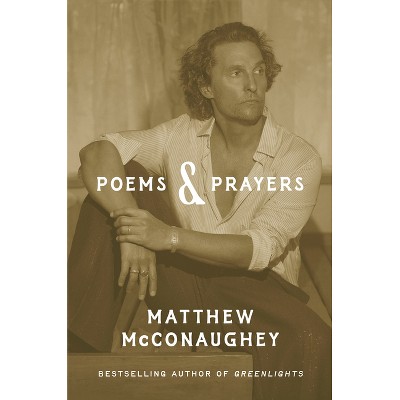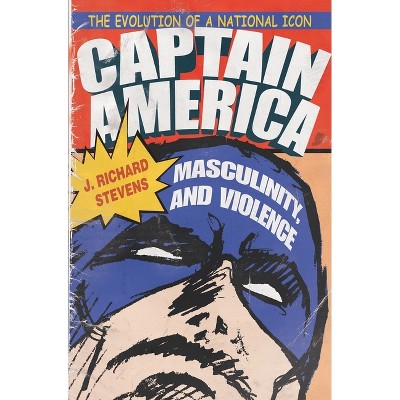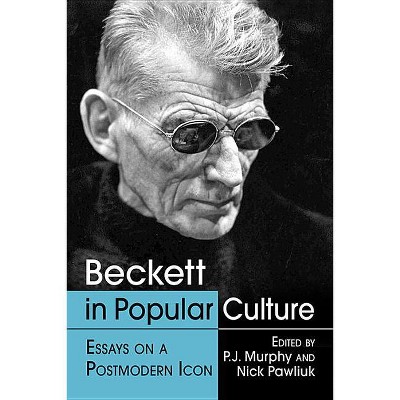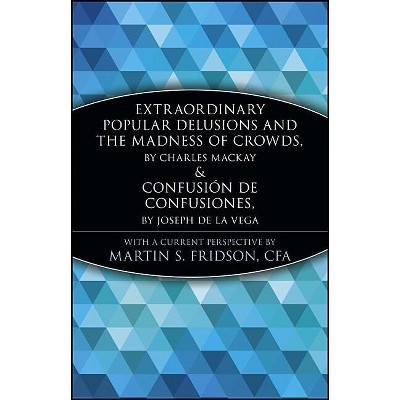Death Rays and the Popular Media, 1876-1939 - by William J Fanning (Paperback)

About this item
Highlights
- Death rays!
- About the Author: William J. Fanning, Jr., teaches history at All Saints' Episcopal School in Fort Worth, Texas, and has written for the Journal of Military History.
- 280 Pages
- History, Military
Description
About the Book
Death ray! Just an absurd idea peddled by con artists and amateur inventors and promoted by a sensationalist press? Not quite. Government leaders, military authorities and even mainstream scientists periodically endorsed the possibility of such a fantastic weapon in the years leading up to the Second World War.Book Synopsis
Death rays! Absurd idea peddled by con artists and amateurs and promoted by a sensationalist press? Not quite. Government and military leaders and mainstream scientists endorsed the possibility of such a fantastic weapon in the years before World War II.
A concept born out of research with electricity and other energy sources, the death ray or "directed energy weapon" was widely reported for nearly five decades. Claims for its invention appeared as early as 1876, and increased thereafter, until the "death-ray craze" of the 1920s and 1930s. The idea influenced fiction, making its way from newspapers and magazines into novels, short stories, films, theatrical productions and other media. This book takes a first-ever look at the historical death ray and its impact on fiction and popular culture.
Review Quotes
"a wealth of information...a fine volume"-SFCrowsnest.
"in addition to scholars of popular fiction, and especially detective, crime, and science fiction, military historians interested in next war projections and the intersection of popular culture and military concerns will also find it useful"-H-Net
"An entertaining, exhaustively researched account of every warmonger's dream weapon... All of this is fascinating."-Filmfax
About the Author
William J. Fanning, Jr., teaches history at All Saints' Episcopal School in Fort Worth, Texas, and has written for the Journal of Military History. His primary research area has been the German army in World War II.










